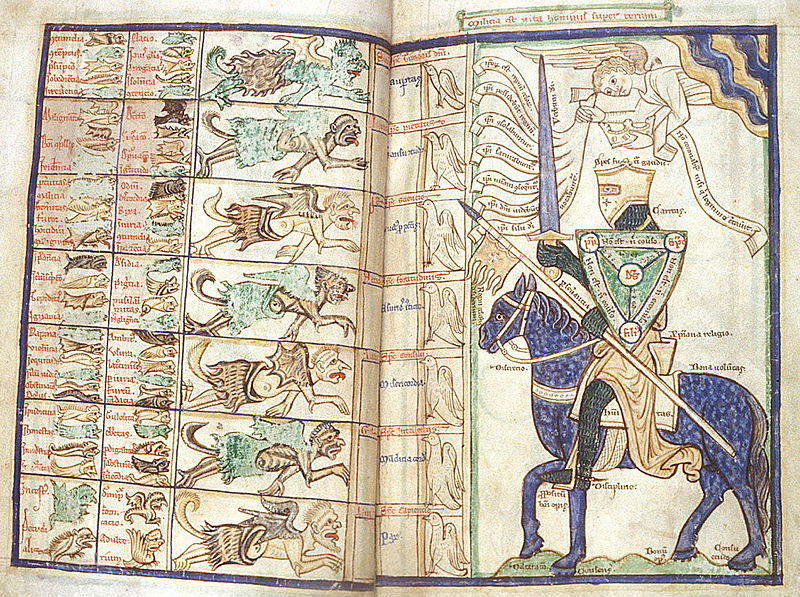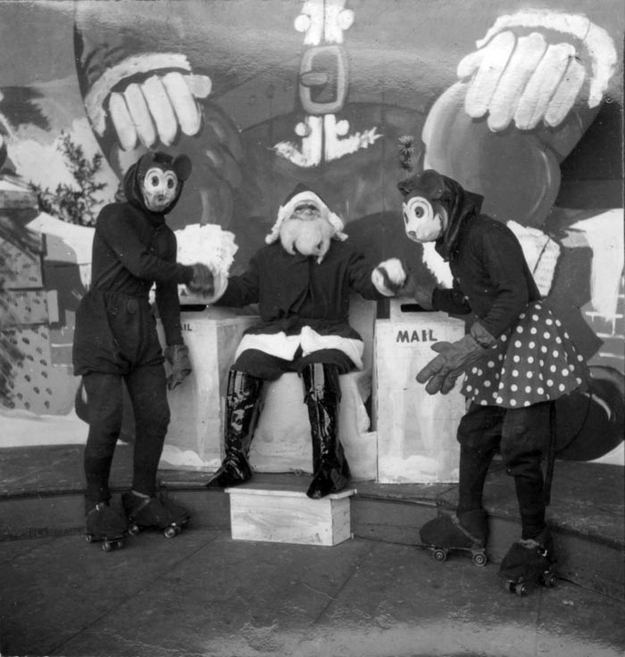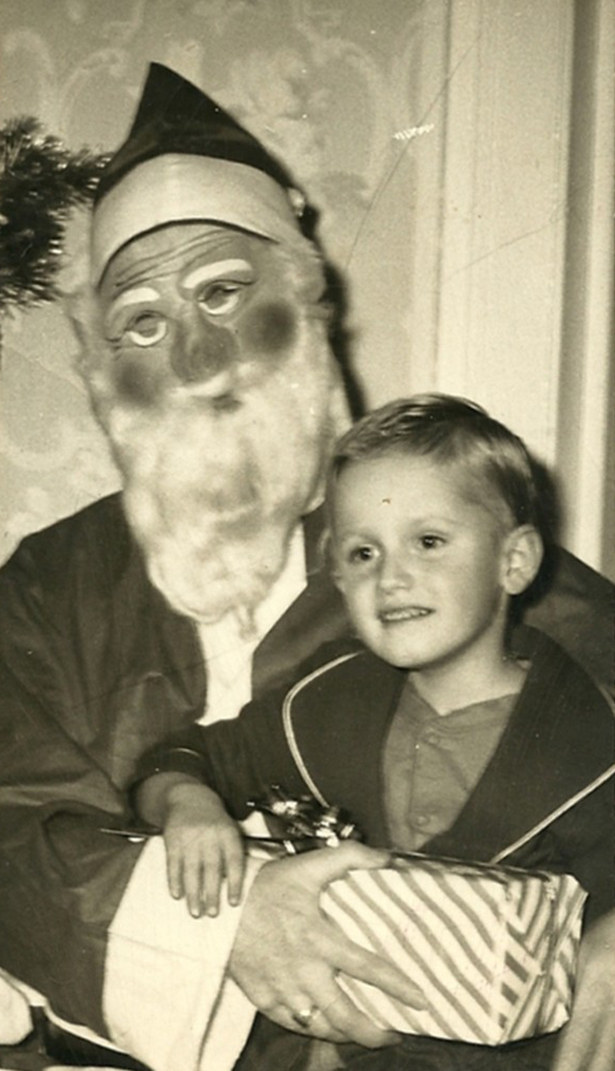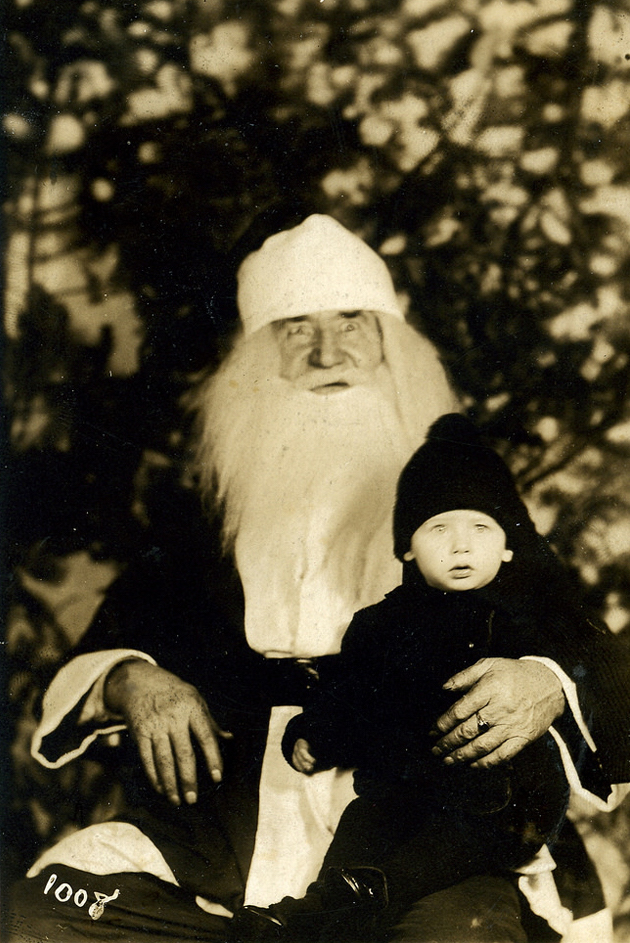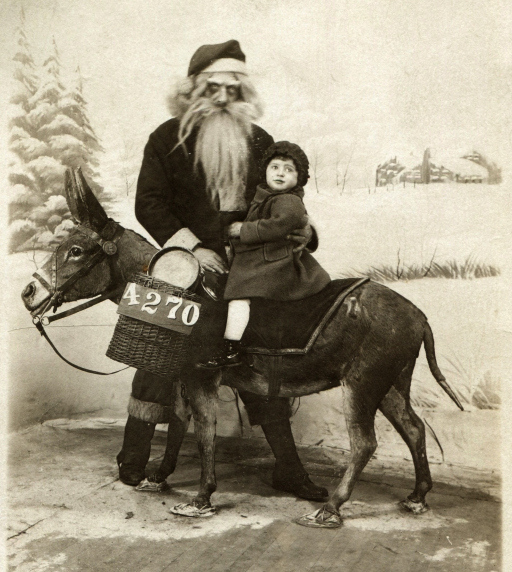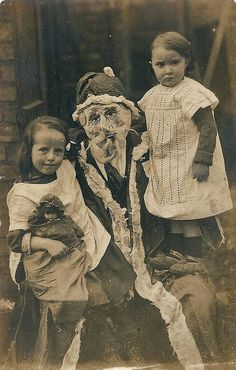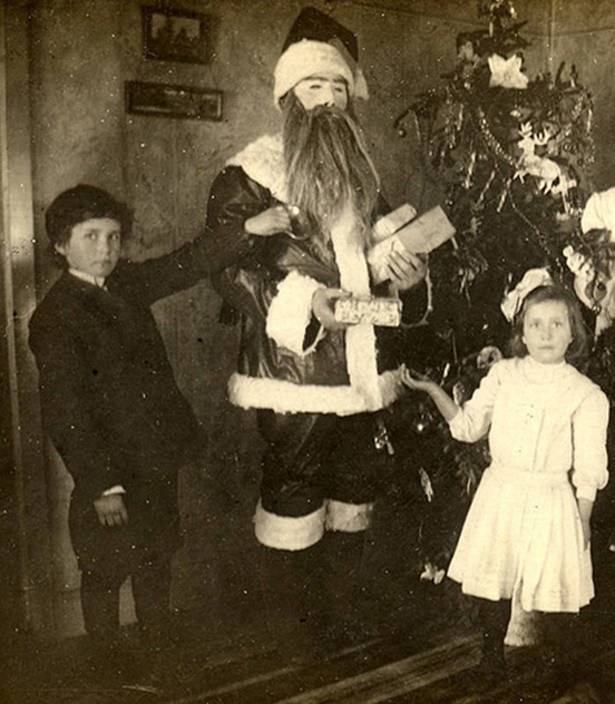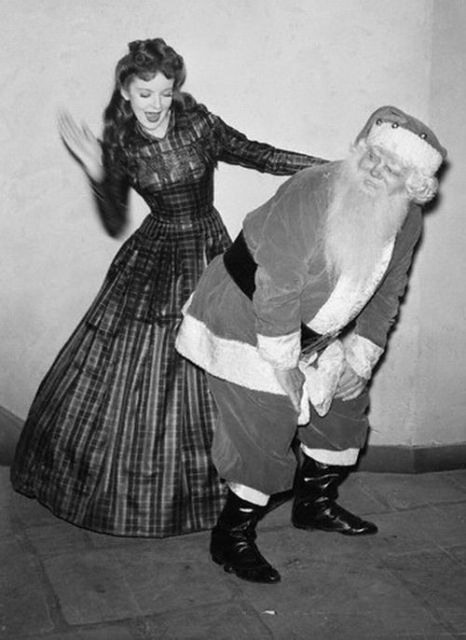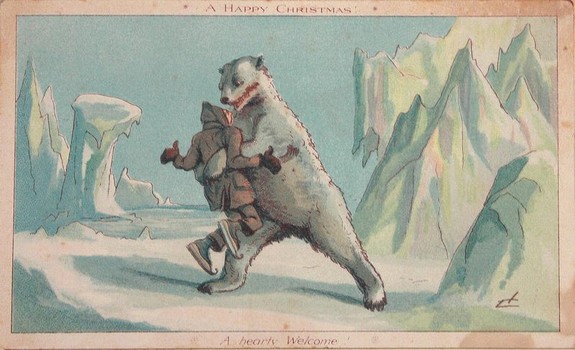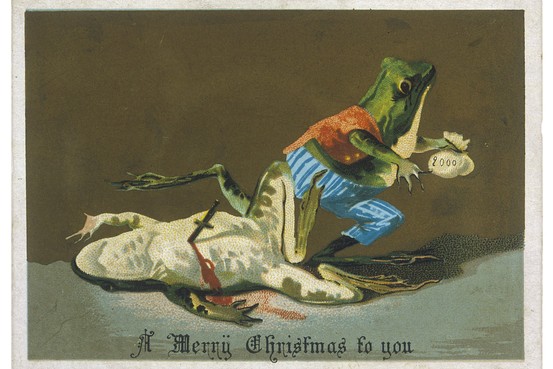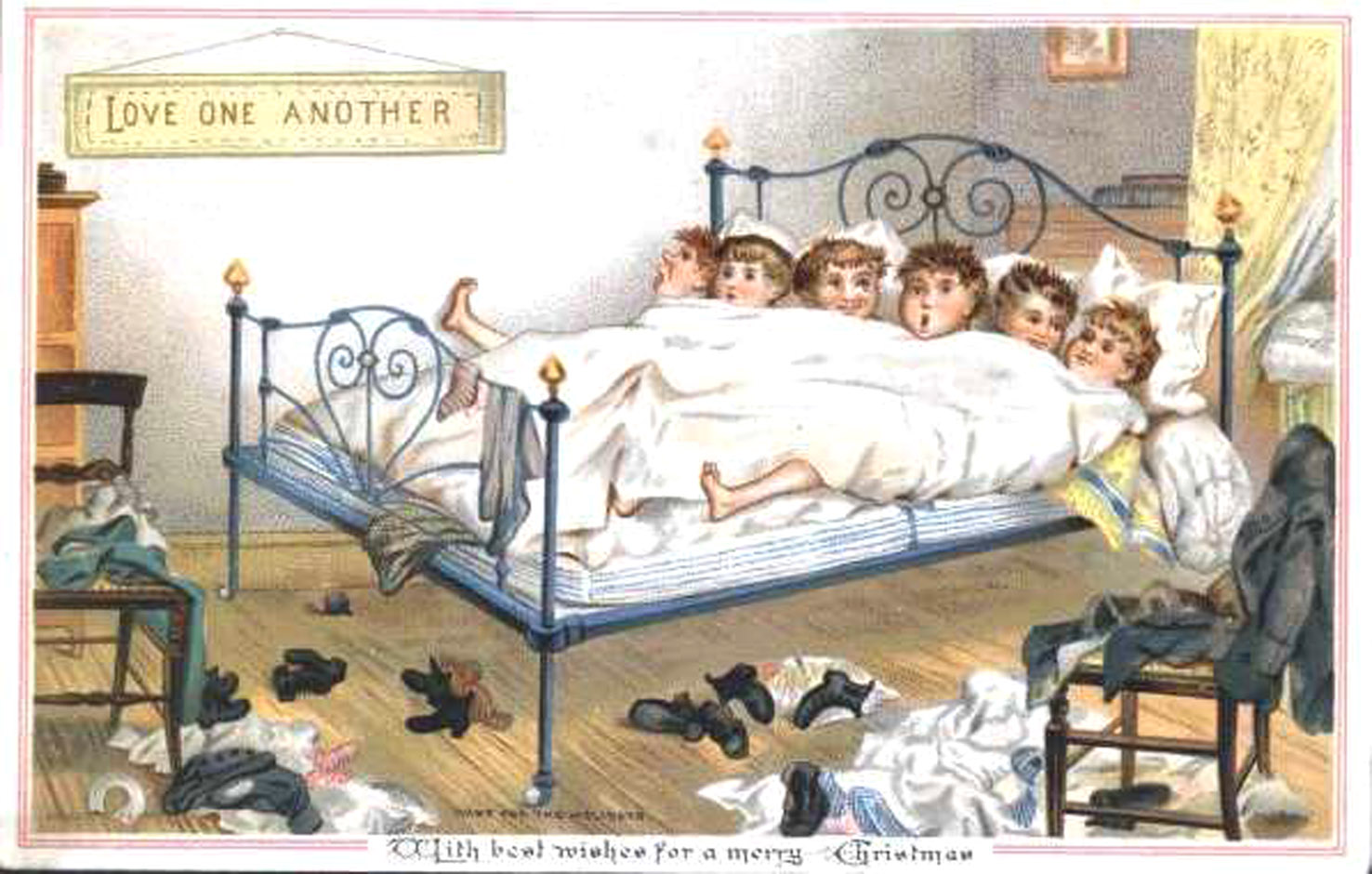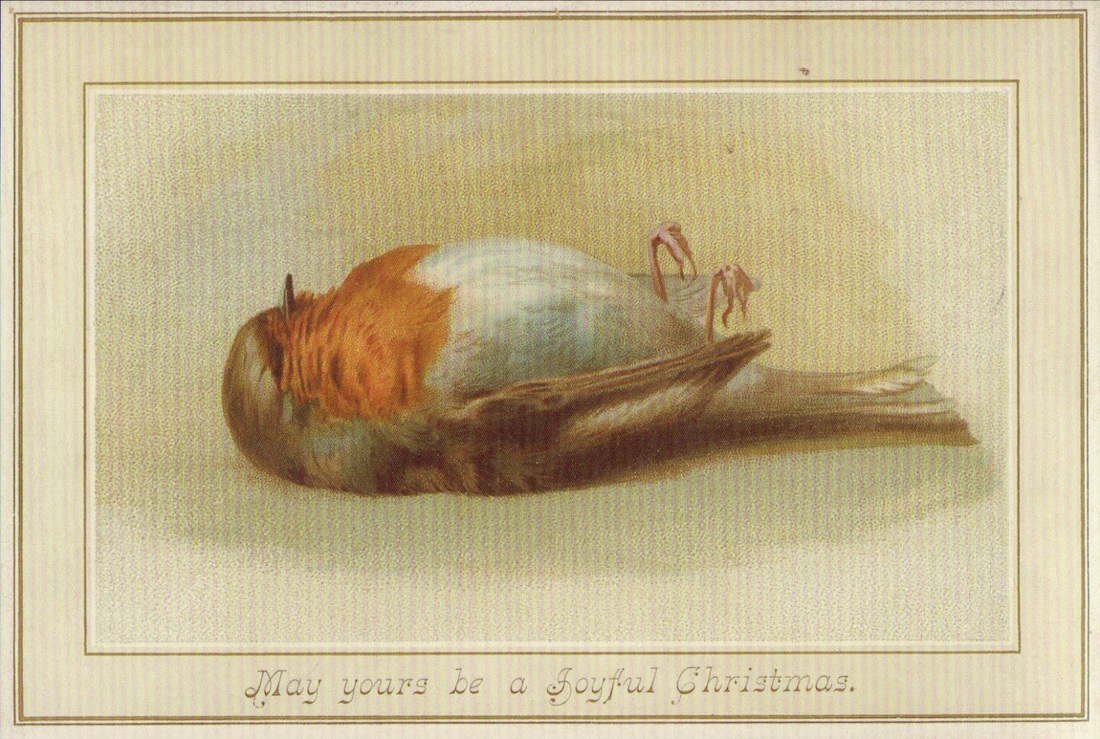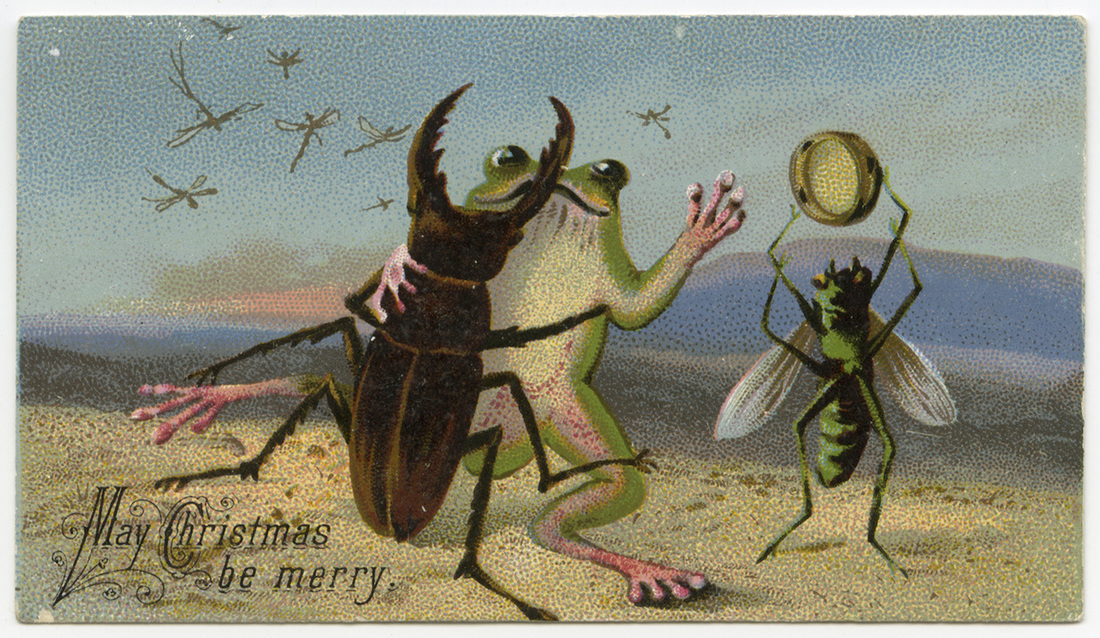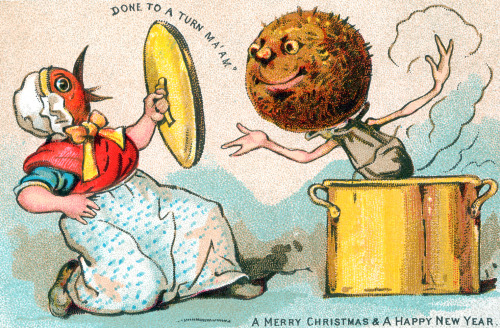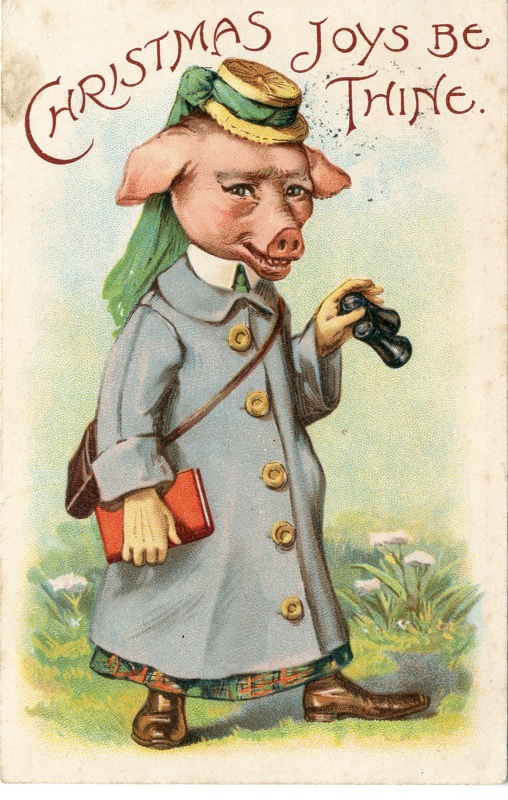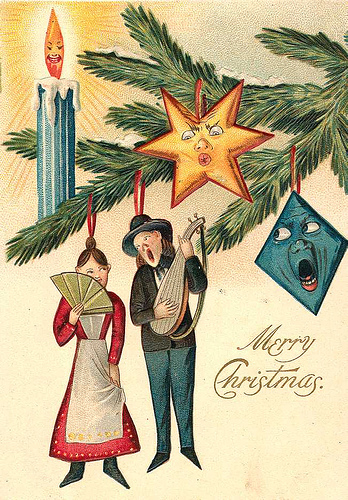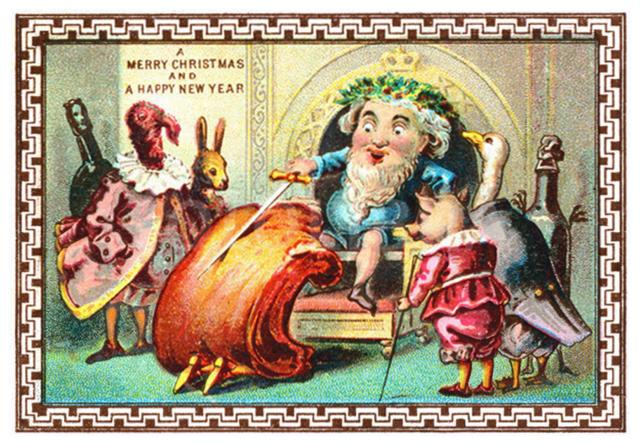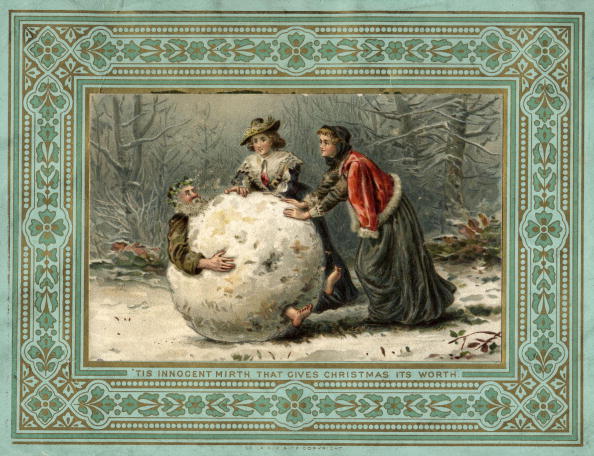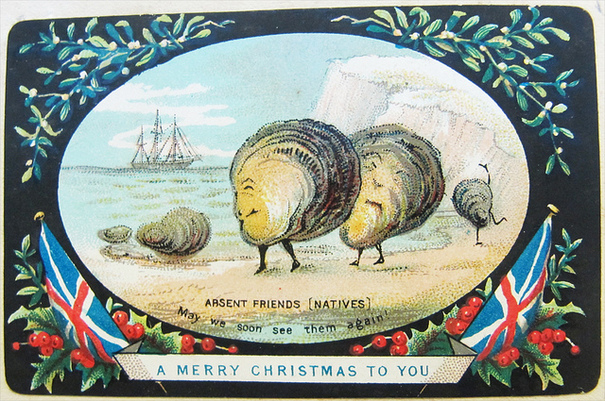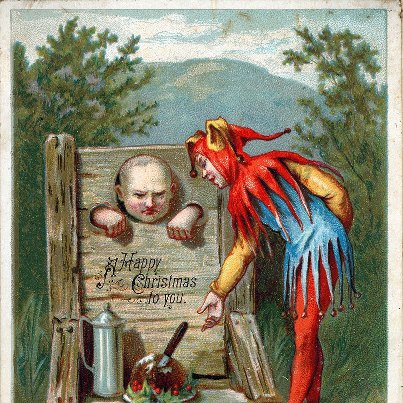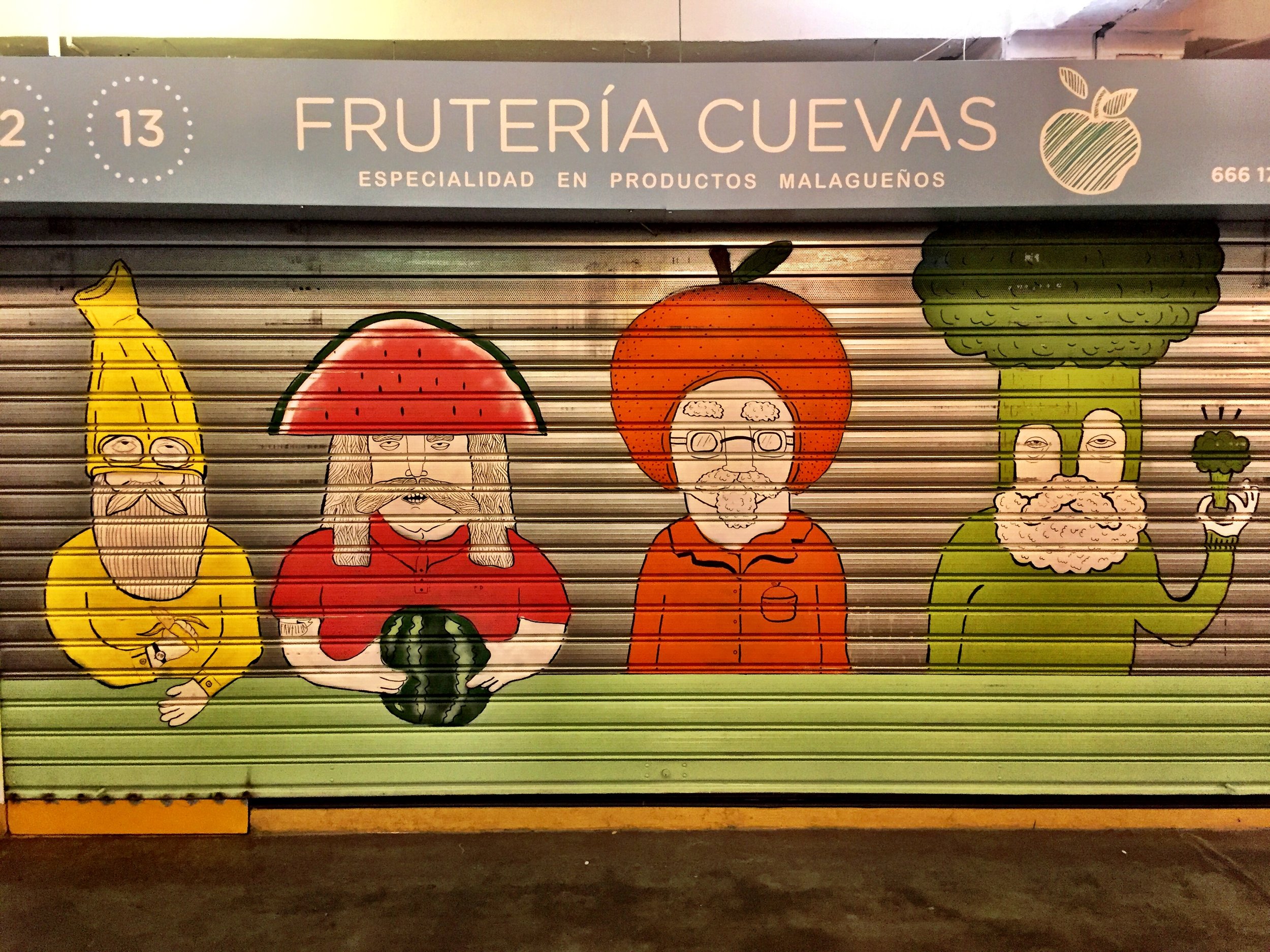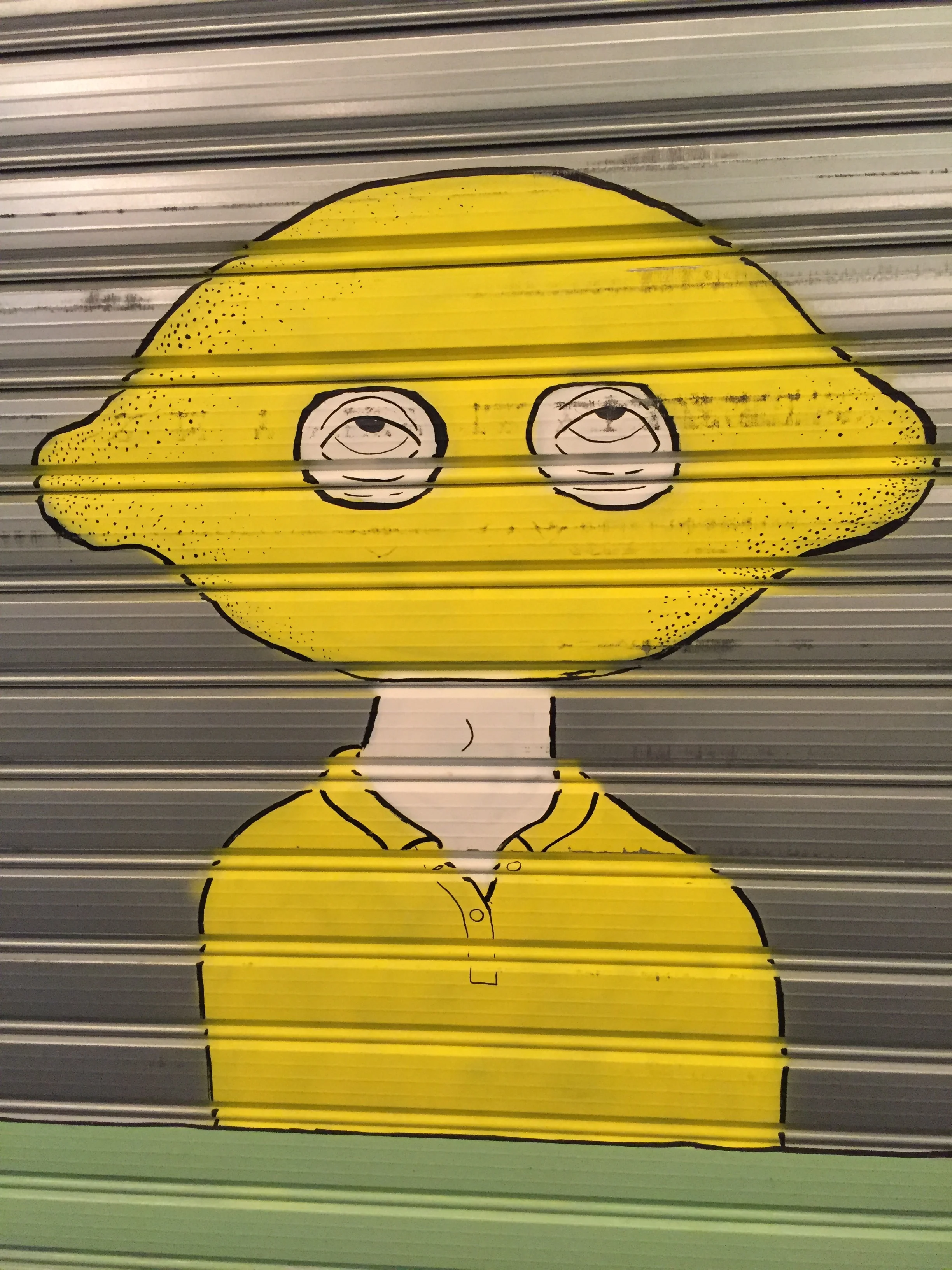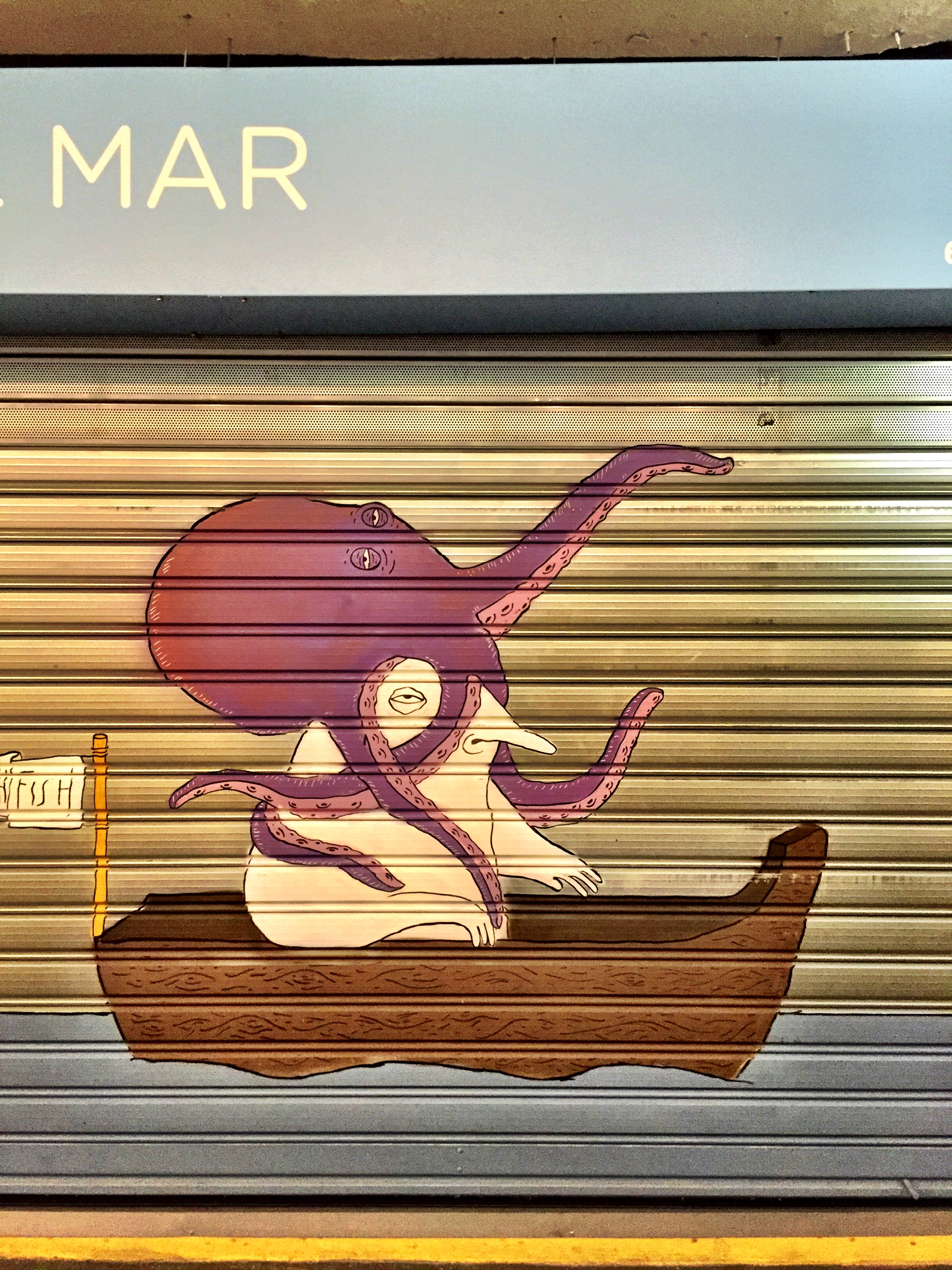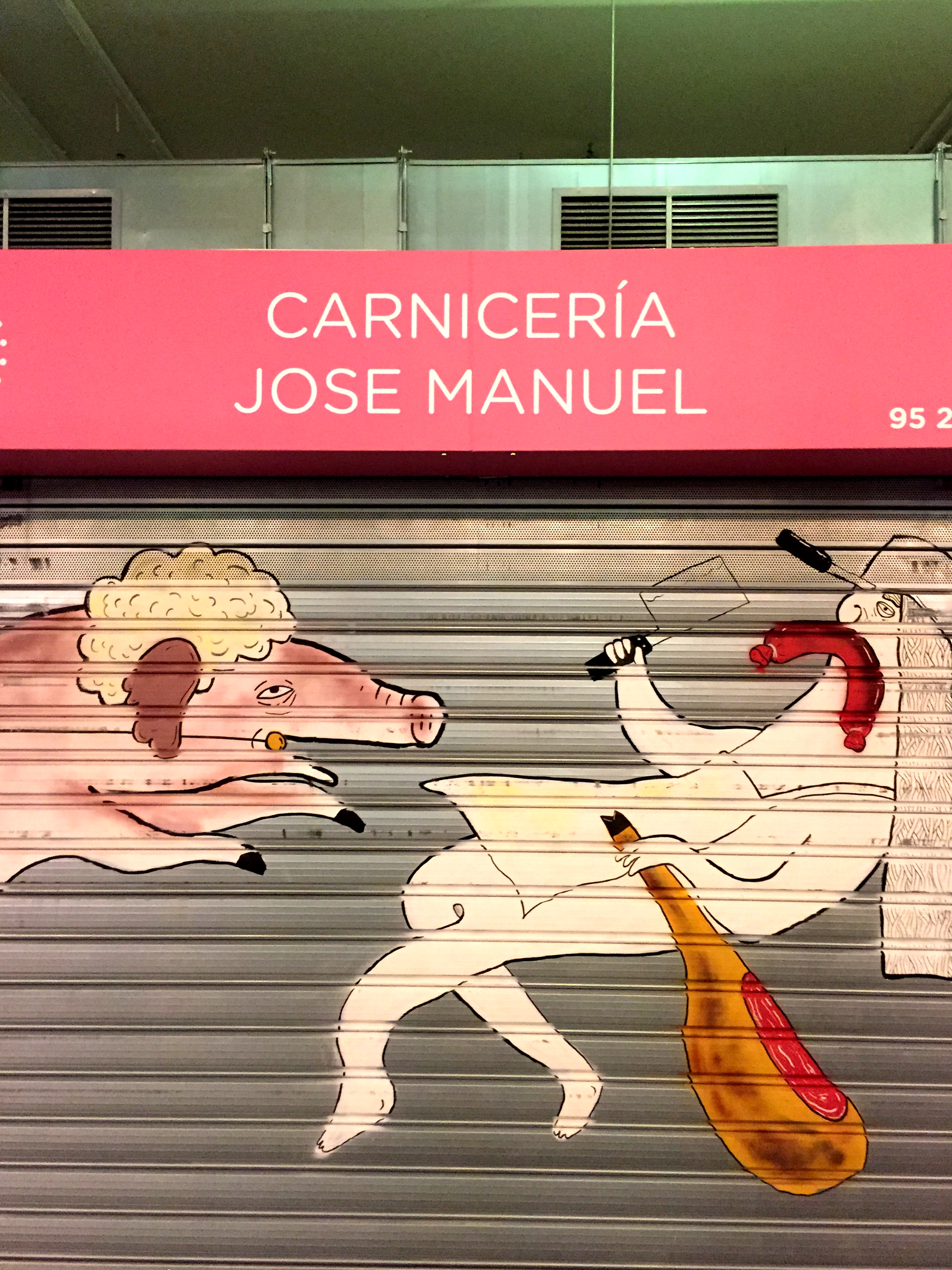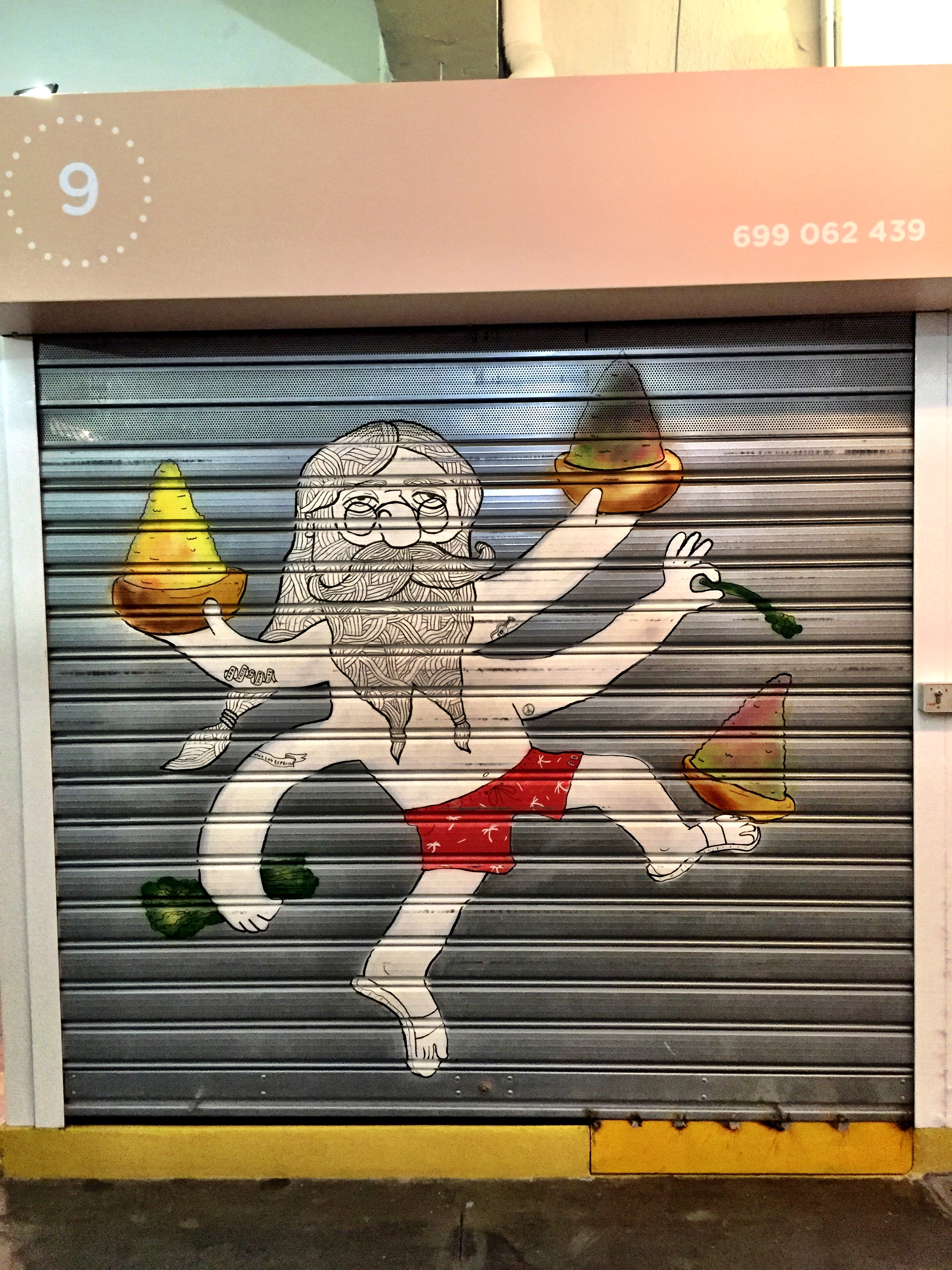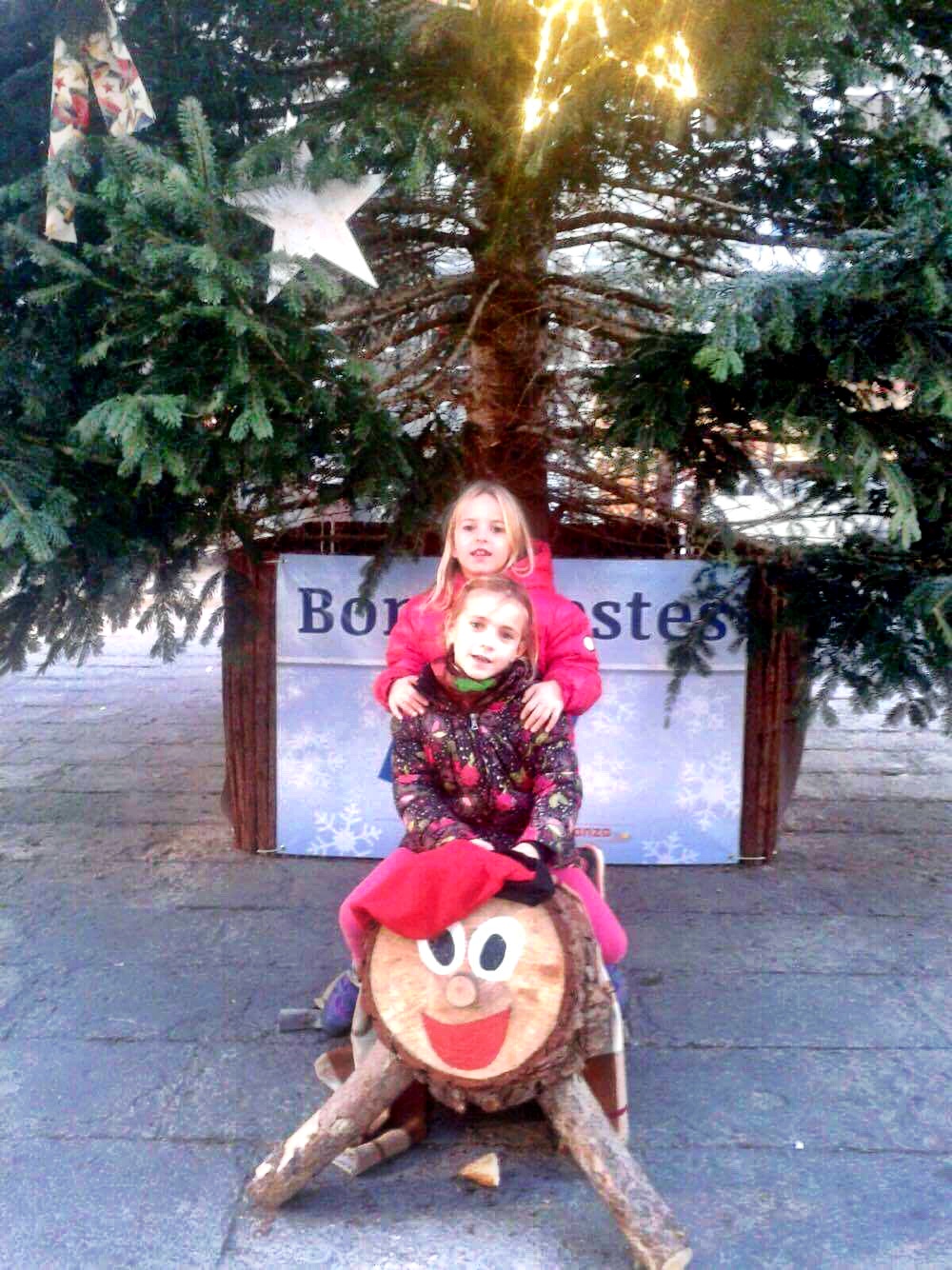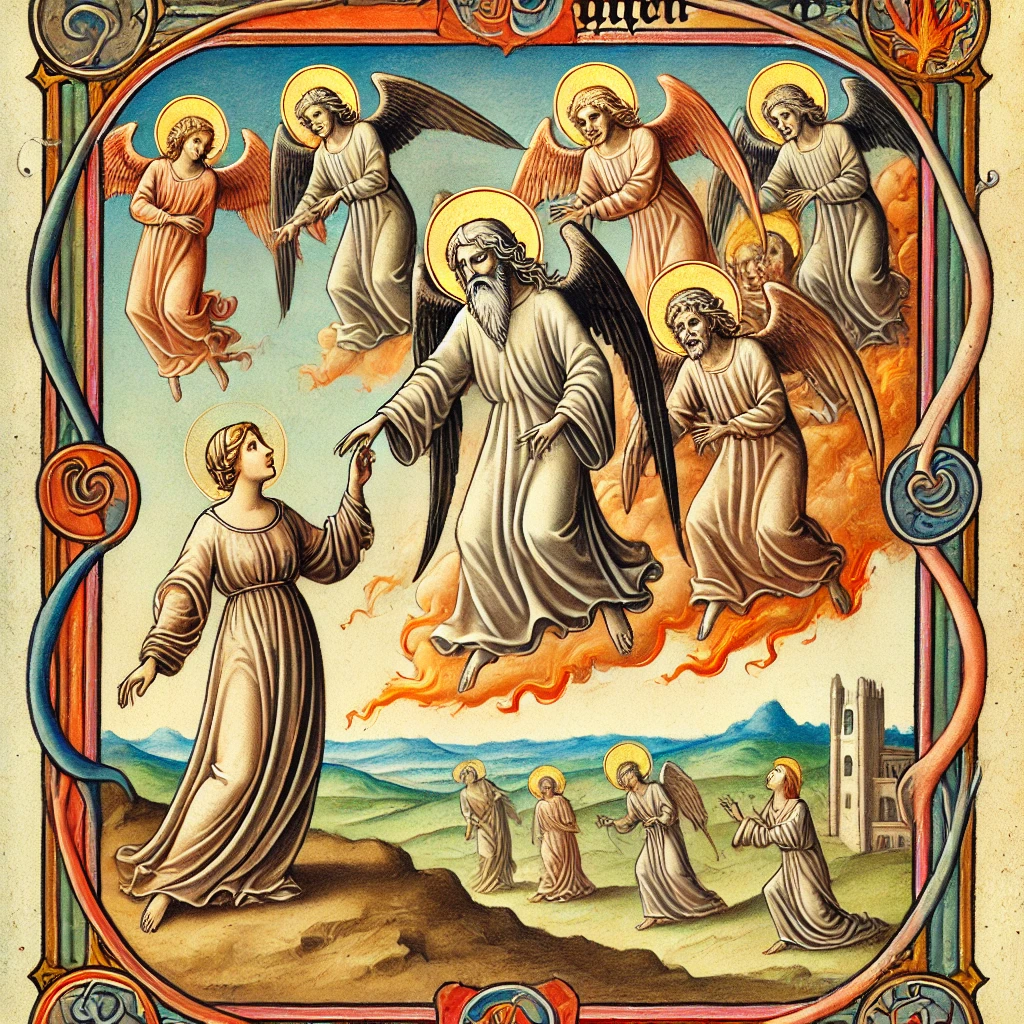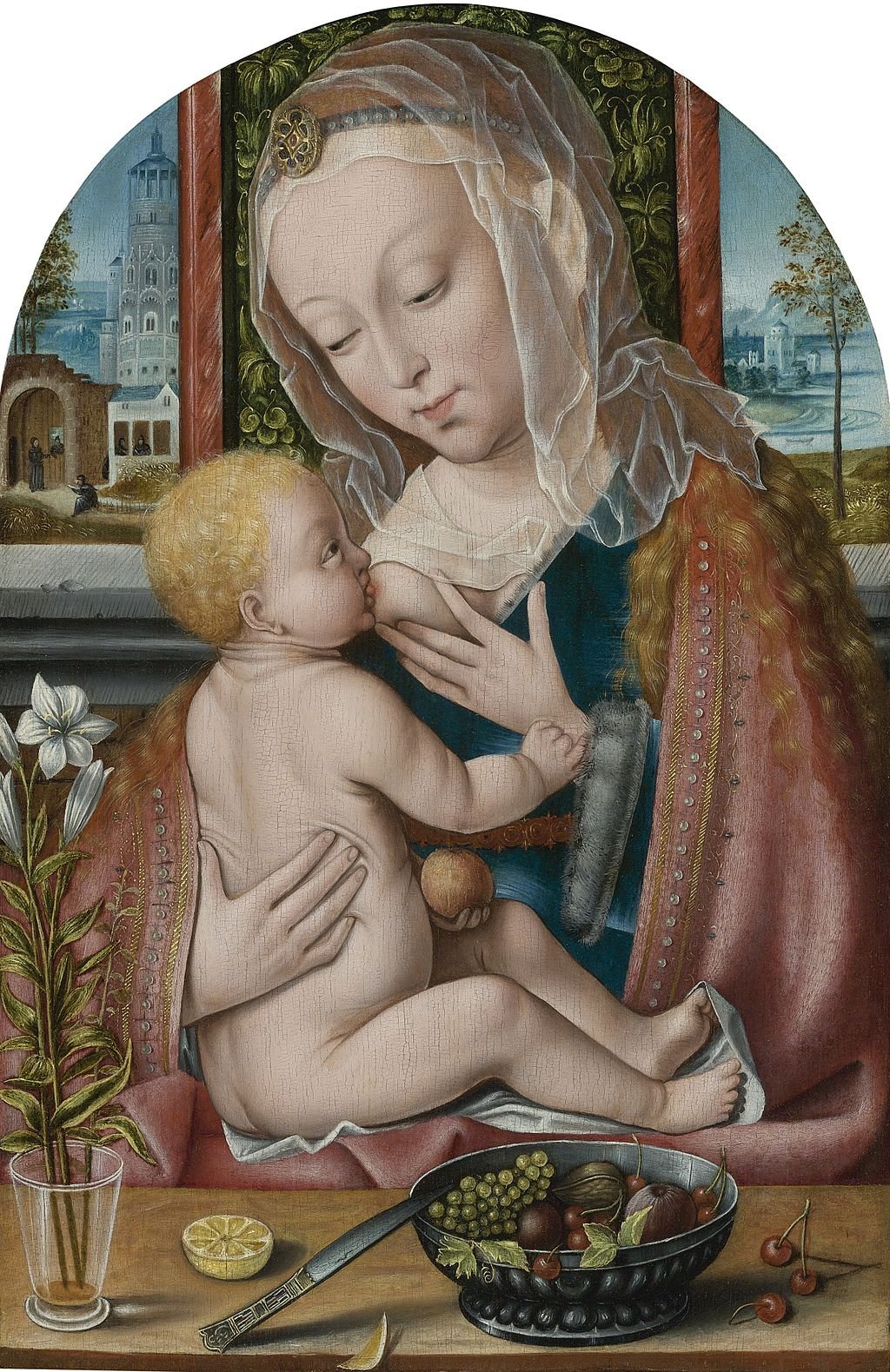What’s a poltergeist, what are the urban legends about the Hook Man, and how do you break Indian curses?
Get away from the TV, Carol Anne! The poltergeist is gonna get you!
The movie Poltergeist scared (and scarred) countless kids of my generation. The image of doomed little Carol Anne putting her hands on the static-buzzing TV and creepily uttering, “They’re heeeeerrrre” is ingrained in our brains. It cemented our fear of clowns. And we’ll never forgive that strange little lady falsely proclaiming, “The house is clean.”
My family saw the movie on vacation at our time share on Lake Chelan, Washington. At the time, I had a stuffed monkey that I hid in the downstairs closet ’cause I was sure he’d try to strangle me with his tail while I slept.
“The Hook Man acts as a sort of morality police, punishing (and killing) young couples who naughtily engage in sex.”
Now a new generation has made acquaintance with a poltergeist in the form of Peeves, the ghostly prankster roaming Hogwarts Castle in the Harry Potter novels. Peeves has his dark side, though he’s more mischievous than menacing.
S1E7: “HOOK MAN”
The killer from I Know What You Did Last Summer plays upon our collective fear of the Hook Man
Monster: The Hook Man of urban legend
Where it’s from: The United States
Description: A teenage couple pulls into a lover’s lane and starts to make out. But upon hearing an announcer on the radio warning that a convicted murderer with a hook for a hand has escaped the local insane asylum, the girl insists on leaving. The boy keeps trying to score, but the girl rebuffs his advances. Frustrated, the boy guns the engine and drives her home in a huff. As the girl gets out of the car, she starts screaming. The boy runs over and sees what she’s freaking out about: Hanging from the car door is a bloody hook.
What it does: The Hook Man acts as a sort of morality police, punishing (and killing) young couples who naughtily engage in sex.
How to defeat it: There’s a powerful spirit deterrent you’ve already got in your kitchen cabinet: salt. In the Judeo-Christian tradition, salt was used to consecrate items and to seal covenants. Buddhists believe salt repels evil spirits. Even sumo wrestlers cleanse their matches by throwing a handful of salt into the center of the ring — a Shinto practice.
S1E8: “Bugs”
Is this a natural swarm of insects — or the result of a Native American curse?
Monster: Murderous insects
Where it’s from: The United States
Description: The bugs are driven to kill because of a Native American curse upon the land, proclaiming that nature will rise up against the white man. There are numerous places around the country that are said to suffer Indian curses.
It’s never a good idea to build your home on Indian burial grounds
What it does: Native American tribes didn’t tend to be very fond of insects, seeing them as swarming, biting and crop-destroying harbingers of disease, black magic and bad luck. So it’s not surprising that in this case, bugs burrow into a construction worker’s brain and spiders bite a realtor to death.
How to defeat it: Dean and Sam don’t break the curse; they just survive the plague of insects. But a helpful fellow on Facebook recommends the following prayer to cleanse the land from curses:
“Father, in the name of the Lord Jesus Christ, through the power of His shed blood, by that name and by that authority, I remit the sins that have been committed here as many generations back as needs be: to the very first thoughts, words, deeds or gestures.
In the name of the Lord Jesus Christ, I break the covenant of death. I command that it be finished from this time forth: no more death, no more rape and no more murder in this place.
We dedicate this land back to the Lord Jesus Christ, that every person entering this place from this time forth to do any kind of oath, covenant, curse, fetish or agreement with the unfruitful works of darkness will come face-to-face with the power of the shed blood, and they will have no alternative but to fall down and repent of their wickedness, or they will turn and flee from here, never to return to come back again for this purpose, in Jesus’ name.”
Let us know how it works out!
S1E9: “Home”
Looks like this woman has a serious poltergeist on her hands
Monster: Poltergeist
Where it’s from: While its name is derived from the German for “knocking spirit” (often translated as “noisy ghost”), poltergeists can be found all over the world.
Description: They’re incorporeal and cannot be seen. They’re not considered spirits but rather psychic manifestations brought about by anxiety or stress.
What it does: Poltergeist activity can start out with strange odors, electrical disturbances or objects moving by themselves but often escalates to more violent physical attacks upon those in the home (a coffee pot might fly at your head, for instance).
How to defeat it: Try this:
House Purification Ritual
Make a mixture of:
Angelica root (a member of the parsley family used as protection from evil spirits and to break hexes)
Van Van oil (a lemongrass-based hoodoo formula popular in New Orleans to drive away evil and provide protection)
Crossroads dirt
Put this mixture in the north, south, east and west corners of the home on every floor — and the house should be clean.
But be warned: That’s what the psychic in Poltergeist promised, too. –Wally







